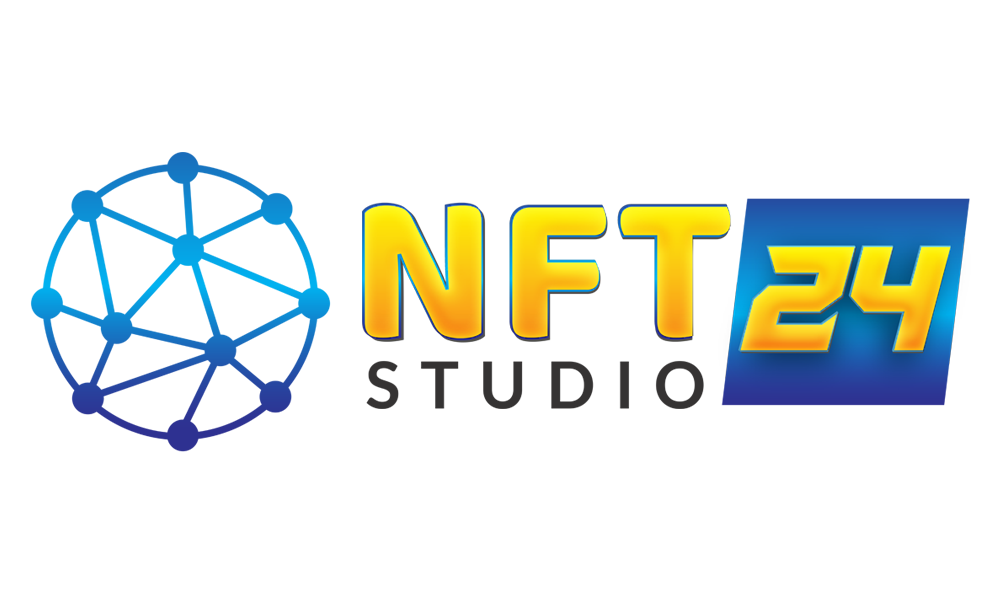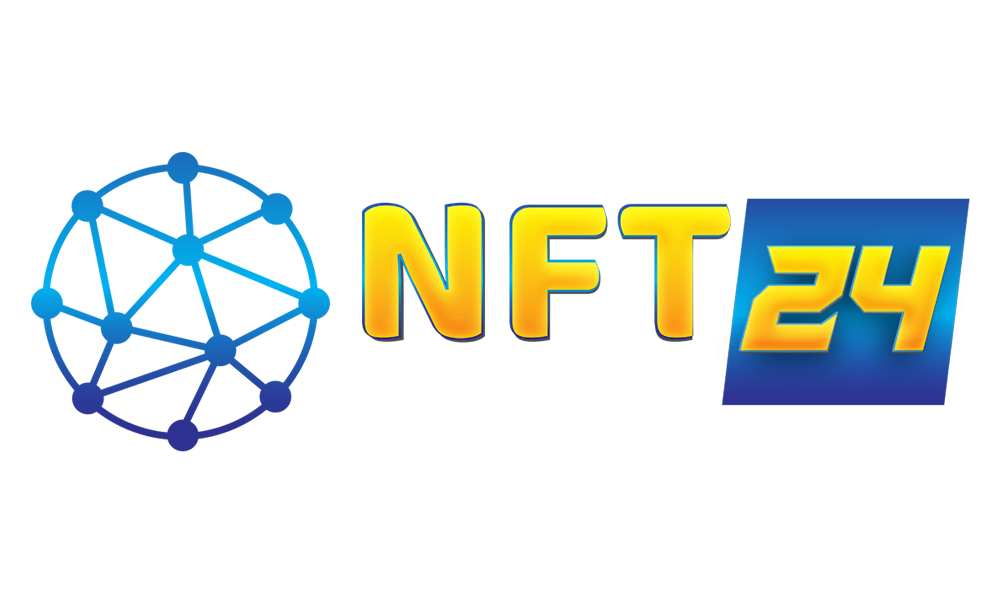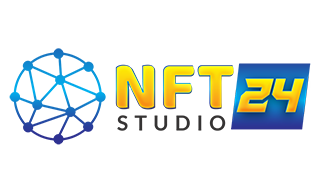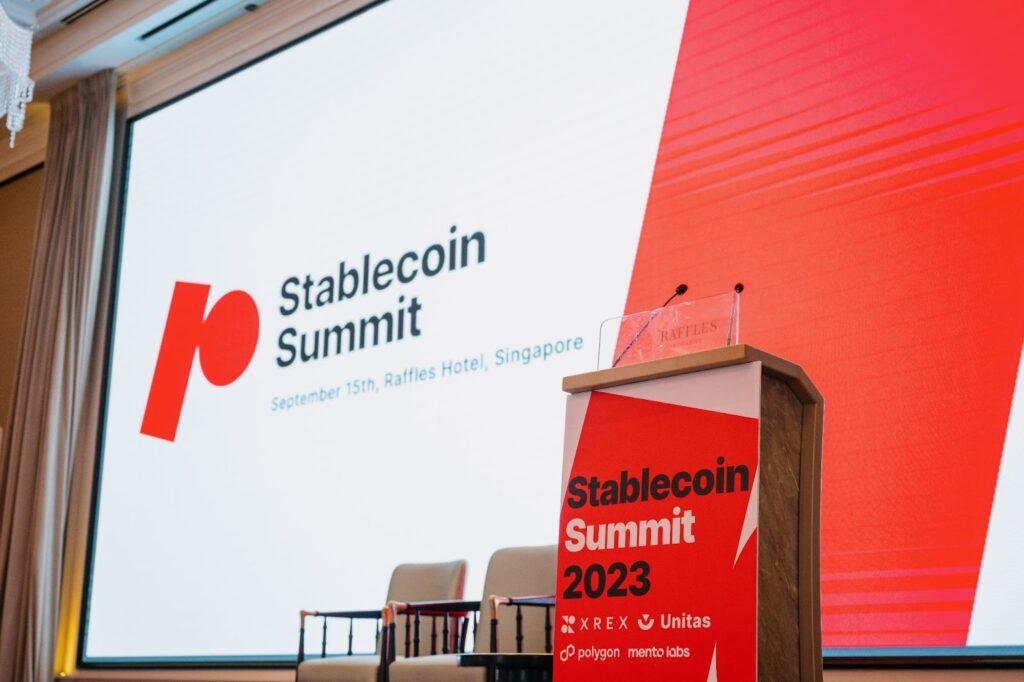Stablecoin Summit concludes its first conference in Singapore by Unitas Foundation and XREX, which was held on September 15, 2023. The event was sponsored by Polygon, Mento Labs, TENET, Kuma, and Ava Labs.
“Stablecoin Summit is an annual summit dedicated to celebrating the stablecoin industry,” said Wayne Huang, Co-founder of Unitas and CEO of XREX in his opening speech.
The one-day event gathered world-renowned experts to discuss the growth potential and future of stablecoins and virtual currencies in Asia and worldwide.
Speaking sessions from Circle, XREX, Unitas Foundation, TENET, Kuma, Mastercard, BitMEX, Polygon Labs, Goldfinch, Mimo, Ava Labs, Maple, Mento Labs, Chainlink, Gemini, and others brought attention to upcoming trends in digital currencies.
Introducing the “Stablecoin Movement”
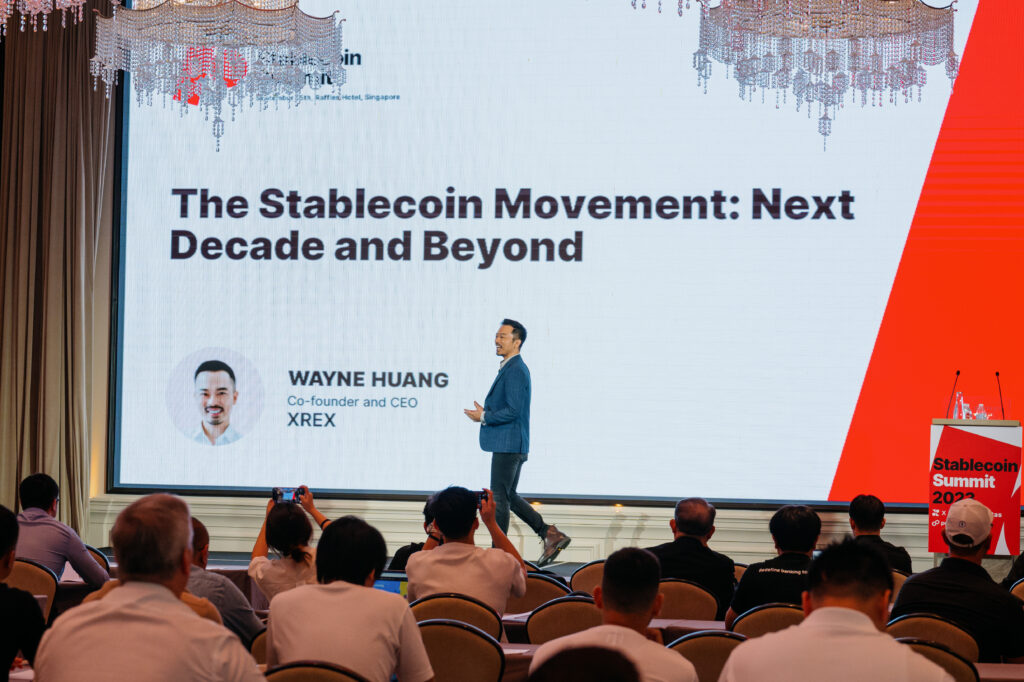
When it comes to stablecoins, a lot of people know the basic definition i.e. a token pegged against the dollar used to buy Bitcoin and other crypto tokens. CEO Huang, in his keynote, introduces stablecoin, and how it is managed by money operators under two ledgers: Reserves and Liabilities ledger.
The stablecoin technology, enabled by blockchain technology, has allowed operators to provide decentralized ledgers to the liability side. He clarifies that the ledgers of centralized stablecoin issuers Circle, Tether, and Paxos are decentralized.
These issuers’ reserves are based on U.S. dollar instruments such as bank deposits and short-term treasuries. This is different from TerraUST, the collapsed stablecoin that was pegged against the LUNA token and ecosystem.

The main peg against stablecoin, Huang says, comes from its usage & volatility by turning into a medium of exchange, that helps establish access rights and economic regimes powering the GDP.
“For the next decade, I see Neutrality and Freedom. Stablecoin technology allows us to neutralize units of account and gives us the freedom to create new money,” He said.
Stablecoins’ Role in Emerging Economies and Financial Freedom
The speakers talked about the regulatory developments, Web2 companies moving to Web3, and the role of stablecoins in the process. The discussion focused on emerging economies, especially examining their potential use cases and how they can contribute to financial stability.
“We’re actually experiencing Crypto Spring for stablecoins this year,” said Yam Ki Chan, VP of Strategy & Policy at Cricle. “We have seen regulatory improvements, especially in the U.S., Europe, Singapore, and Japan.”
The government’s set of rules and regulations give regulatory clarity to companies and users so they can interact and know what assets they are holding, added Ashok Venkateswaran, APAC Blockchain & Digital Assets Lead at Mastercard.
Promoting Stablecoin Adoption
Stablecoins in digital blockchain verse, in the sense of an Internet Protocol, are a
stable value protocol. Nadiem Sissouno, Head of Economics, Mento Labs says if a user wants to move value from one chain into another, it should be stablecoins.
It’s important to simplify the user experience, whether it is to exchange fiat for crypto or vice versa. In other words, the goal should be to make these coins more accessible to the general public.
“The on-ramp part is really where stablecoin represents a very easy way to get people
used to how the technology works and once they get comfortable with the technology their ability to leverage into that technology suddenly becomes so much easier for them.” said Neil Sheppard, Head of Derivatives, Gemini.
Aishwary Gupta, Global Head of Payment & FinTech/Ecosystem BD Head India, Polygon Labs also shared his insights on how this can benefit the payment infrastructure as a whole.
Wayne Huang, CEO of XREX, says “stablecoins enable 10x better freedom, self-sovereignty, speed, liquidity, and market efficiency.”
Another interesting topic discussed during the summit was the Stablecoin Yield Farming. According to speakers, the current interest rate environment has driven many stablecoins into yield-bearing instruments like Treasury bills (T-bills) and DSR (DeFi Savings Rate). The safety and effectiveness of such strategies make them attractive in the current market, Nick Cannon, VP of Growth at Gauntlet highlights.
Stablecoin: A Solution to Inflation?
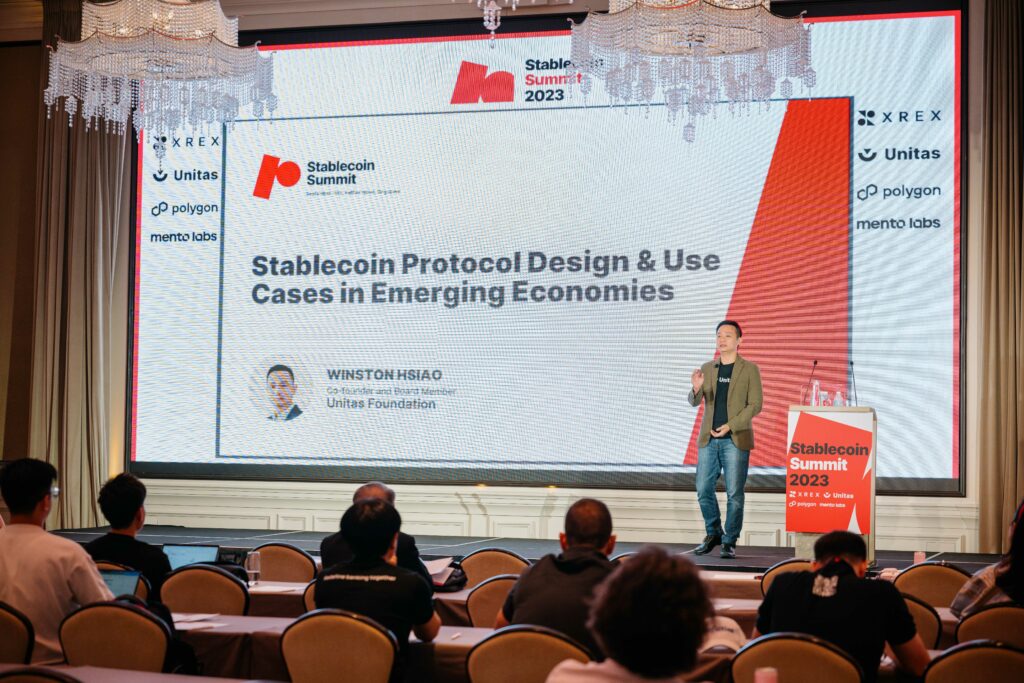
Stablecoins can compete with hyperinflation against fiat for cross-border transactions. Being decentralized in nature, they cannot be controlled by powerful economies and give underdeveloped or emerging economies a chance to climb up the market.
Winston Hsiao, Co-founder, and Board Member at Unitas Foundation, in his speaking session, shared that the stablecoins can open doors for new solutions to economic problems. “Currency drives when freedom and competition unite.”
He criticizes the existing monetary system, emphasizing that it relies on trust in government credit and can lead to problems like manipulation, exploitation, and inflation export.
He believes stablecoins can provide an equal playing field for weaker currencies against stronger ones in the future, promoting competition. In return, it could improve the financial aspect of the falling economies.

Final Words
The Stablecoin Summit in Singapore was important to truly understand the future potential of virtual currencies. As the Web3 tools become common, the role of stablecoin is much more essential in the coming years. Therefore, these conversations have special significance for individuals and companies using stablecoins as a mode of exchange.
To conclude, the summit reaffirmed the growing importance of stablecoins in the world of cryptocurrencies and their role in shaping the future of finance.
